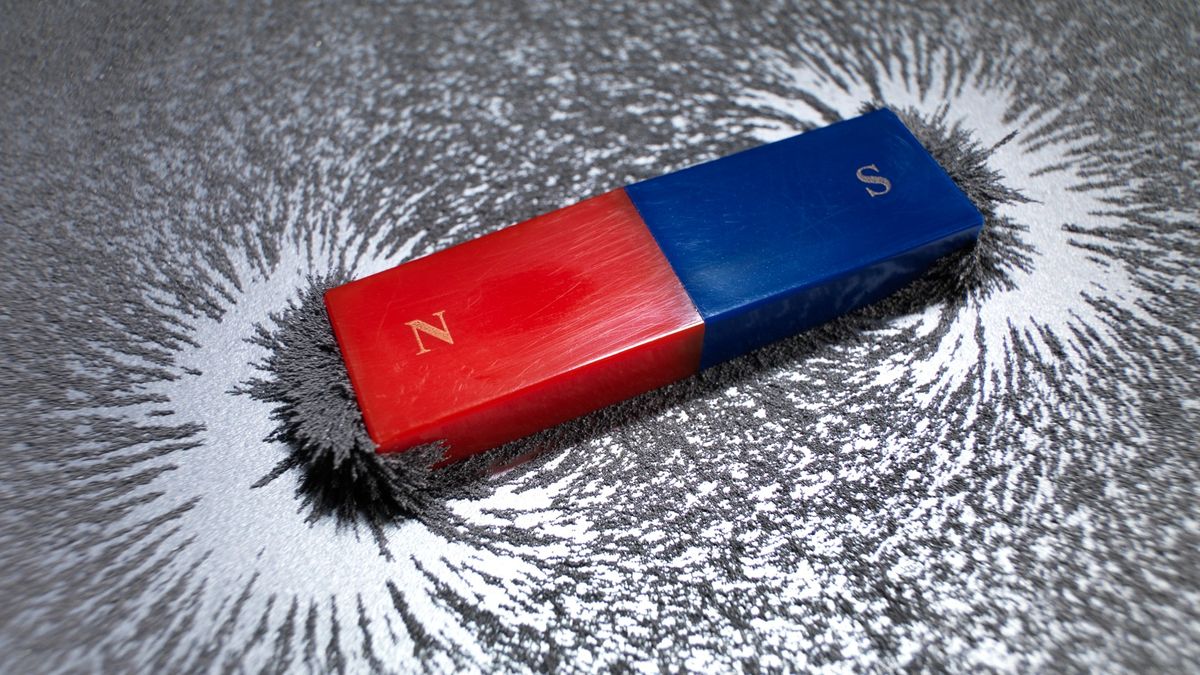What if we could clean our water with magnets? Wageningen University & Research, in collaboration with various partners, introduces the Magnetic Adsorption-Desorption (MAD) project. This project aims to remove phosphorus from wastewater, presenting a promising alternative to traditional methods.
Imagine these magnetite particles acting as microscopic magnets, attracting and binding with phosphorus in the water.
Traditional methods of removing substances like phosphorus from water, usually involve chemical or biological processes. They have potentially a negative environmental impact due to energy consumption, and limited resource recovery. However, the MAD project introduces a new, more sustainable approach: using magnetite particles to capture phosphorus.
The MAD project not only shows the need for sustainable water purification but also aligns with the growing concerns about resource scarcity.
Here's the science behind it: Imagine these magnetite particles acting as microscopic magnets, attracting and binding with phosphorus in the water. Following this adsorption phase, a magnetic field separates the phosphorus-bound particles from the water, purifying it. The researchers, led by Norbert Kuipers, emphasise that the MAD project not only shows the need for sustainable water purification but also aligns with the growing concerns about resource scarcity and environmental impact.
(Image credit: TEK IMAGE via Getty Images)

Share your thoughts and join the technology debate!
Be the first to comment